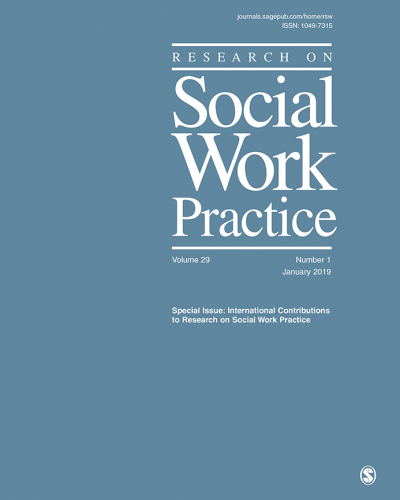
The Role of Preparatory Programming in Increasing the Effectiveness of a Sex Offender Treatment Intervention
Published:
| Author: Tanya Renn, Christopher Veeh, Melissa D. Grady, David Edwards, Carrie Pettus, Katherine Kelton
Increasing the effectiveness of programs designed to treat individuals who have sexually offended is a critical step in reducing the rates of sexual violence in our communities. Yet, the research on such programs have yielded inconsistent results with regards to their effectiveness in reducing sexual recidivism among participants. Some researchers have explored whether the dose of treatment impacts recidivism, but there remains limited knowledge around the dose-response relationship for individuals who have sexually offended.
Category: Sex Offenders, In-Prison Intervention

A Point-In-Time Survey of State Department of Corrections Prison-based Programming
Published:
| Author: Tanya Renn, Carrie Pettus-Davis, Christopher Veeh
Research indicates that providing services to incarcerated individuals increases the chance that they will be successful upon reentry to communities. The current study assessed the provision of services (i.e. trauma and reentry) in state departments of corrections (DOCs) throughout the United States. DOCs from all fifty states and the District of Columbia were contacted to determine what services were provided to prisoners, with 44 of 51 providing responses. Results suggest that DOCs provide a range of programming, as well as assessments.
Category: In-Prison Intervention

Proposing a population-specific intervention approach to treat trauma among men during and after incarceration.
Published:
| Author: Carrie Pettus-Davis, Tanya Renn, Jeffrey Lacasse, Robert Motley
A significant treatment gap exists for incarcerated men with lifetime traumatic experiences. A small research base for trauma interventions for incarcerated women is emerging, but incarcerated men have largely been ignored. Men comprise 90% of the incarcerated population and are at the greatest risk to be rearrested for a new crime after release.
Category: Trauma, In-Prison Intervention, Reentry

Assessing Attitude and Reincarceration Outcomes Associated With In-Prison Domestic Violence Treatment Program Completion
Published:
| Author: Annelise M. Mennicke, Stephen Tripodi, Christopher Veeh, Dina Wilke, Stephanie Kennedy
Studies indicate that as many as 30%–56% of incarcerated men have perpetrated domestic violence, and that factors related to domestic violence perpetration are associated with long-term recidivism after release. The current study evaluates the effectiveness of an in-prison domestic violence treatment program called STOP and Change Direction to increase positive attitudes toward women, decrease levels of criminal thinking, and reduce general recidivism rates for program completers.
Category: Trauma, In-Prison Intervention

Effects of Correctional-Based Programs for Female Inmates: A Systematic Review
Published:
| Author: Stephen Tripodi, Sarah E. Bledsoe, Johnny S. Kim, Kimberly Bender
Objective: To examine the effectiveness of interventions for incarcerated women. Method: The researchers use a two-model system: the risk-reduction model for studies analyzing interventions to reduce recidivism rates, and the enhancement model for studies that target psychological and physical well-being. Results: Incarcerated women who participate in substance abuse interventions appear less likely to reoffend than those who do not participate. Enhancement model studies report mixed results.

